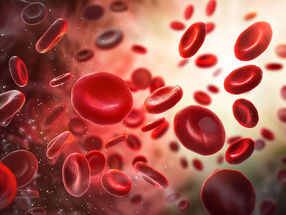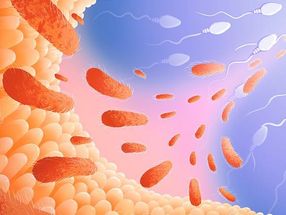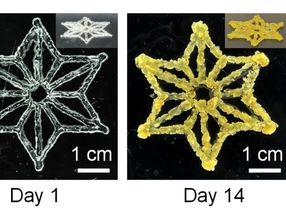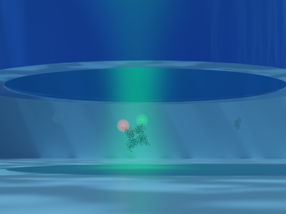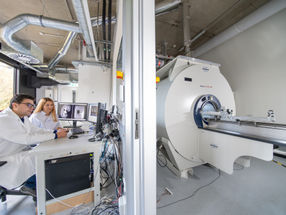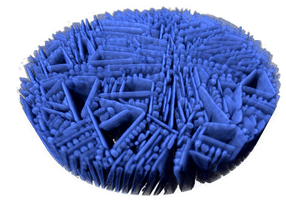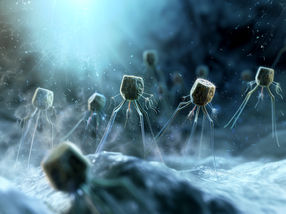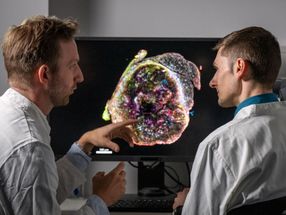Lethal legacies
This is due to unequal distribution of a ‘killer factor’ by the mother cell
Programmed cell death – also known as apoptosis – is universal among higher organisms, and is a tightly regulated process that results in the disposal of damaged or unwanted cells. The latter variant is particularly important in the course of embryonic development, during which many more cells are produced than are ultimately required. Now researchers led by Barbara Conradt, Professor of Cell and developmental biology at LMU, have uncovered one mechanism that induces apoptosis in the nematode Caenorhabditis elegans (C. elegans). In this case, the mother cell actively determines the fate of the daughter destined to die. The new findings appear in the journal “Nature Communications”.
During the embryonic development of C. elegans, precisely 1090 cells are generated by cell division, of which 131 undergo programmed cell death. Since the entire schedule of cell division and cell death is known for this organism, it has become a favorite system for the investigation of apoptosis. – And because essentially the same process is observed in all higher organisms, the insights gained from C. elegans can be applied to other animals, including humans. Apoptosis involves a precisely defined series of steps. The first step determines which cells are to be eliminated, and the second carries out the sentence by forcing the cells to commit suicide. “When a cell is dying, it goes through a characteristic series of morphological alterations and, in the end, it is engulfed and digested by neighboring cells,” Conradt explains. “It has been known for the past 15 years or so that the cellular pathways that initiate and mediate engulfment are involved not only in the disposal of the dead cell, but also play a role in the actual killing. We have now discovered how they do this.”
The researchers focused on a particular cell lineage in the C. elegans embryo, the so-called NSM lineage. The NSM mother cell divides asymmetrically, giving rise to two daughter cells of unequal size, of which the smaller one survives for only a very short time. “Up until now, it was believed that the apoptotic machinery is activated only in the smaller daughter cell after the division of the mother cell,” says Conradt. “But we found that it is already activated – at least to a certain degree - in the mother cell. Moreover, in this pre-activated state, the apoptotic machinery produces a signal that activates the engulfment pathways in specific neighboring cells. And these adjacent cells then help the mother cell to polarize and to concentrate the cell-death protein CED-3 (a proteolytic enzyme of the caspase family) in the portion of the cytoplasm destined for the smaller of the two daughter cells. Thus, the mother cell determines the cell death fate of the smaller daughter by asymmetric segregation of CED-3.”
CED-3 is known to function as a killer factor, which activates the apoptotic program. “So, prior to cell division, the mother cell is already actively engaged in “assisting” the smaller daughter cell to kill itself, by supplying it with an overdose of cell-death-promoting factors,” says Conradt. She and her colleagues now plan to analyze this process further and to ask whether it also takes place in mammalian tissues or stem cells. “Unequal segregation of resources may be especially important in stem cells, which also divide asymmetrically , as factors that may be deleterious to the surviving cell can be disposed of by loading them into the daughter cell that is fated to die,” Conradt explains.
Apoptosis also plays a crucial role in health maintenance, as errors in the process can be deleterious for the whole organism, irrespective of whether they lead to the death of essential cells or the survival of cells that would otherwise have been eliminated. Indeed, many disorders have been linked to errors in the control of apoptosis, such as cancer, neurodegenerative disorders and autoimmune diseases. Thus a better understanding of the mechanisms underlying apoptosis could in the future help to identify targets for the development of new therapeutics.

